An inherent part of our journey with every project is the necessary rite of passage that is the planning permission process. Seen by many as a labyrinthine process, we are often asked about the concept of pre-application advice – an often overlooked, yet sometimes crucial element of the planning permission process.
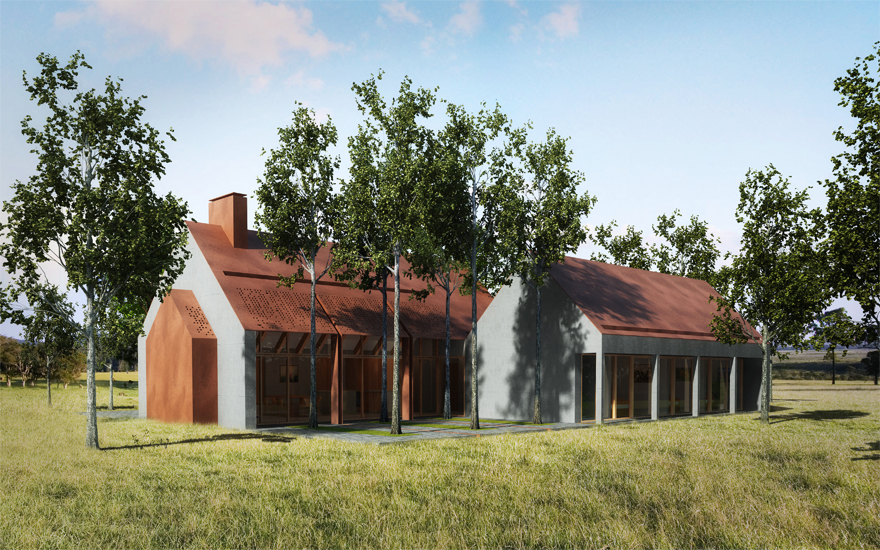
Pre-Application Advice: The Unsung Hero of the Planning Permission Process
Picture this: you’re poised to submit your planning application for your new home to the local authority. It’s a momentous step, laden with anticipation and a smattering of anxiety. But what if there were a way to receive insights from the local authority before submitting the application? That’s where pre-application advice, often referred to as a ‘pre-app,’ comes into play.
A pre-app is essentially a request for specific advice from the planning officers in the local authority (commonly known as the council). It unveils essential information about the project and the relevant planning policies, equipping you with the knowledge you need to align your proposal with the rules and increase the chances of a successful planning application. However, keep in mind that a pre-app is not a guarantee of approval.
Although there’s a national framework governing wider rules, each local planning authority wields its own planning policies that applications should comply with. The nuances can be subtle, and interpretations may vary. That’s why having a planning consultant by your side is invaluable – but more on that later.
Rather than providing a definitive ‘yes’ or ‘no,’ a pre-app furnishes the applicant with outline advice that could include suggestions for modifications to the proposal. It’s an alarm bell or a source of comfort for applicants before they dive into the time-consuming and expensive full planning submission.
A pre-app allows you to probe deeper into the fundamentals and uncover any concerns about the site and project. For example, you might wonder, ‘Can I build a house here?’ It enlightens you about the policy requirements of the local council and any site constraints. Identifying potential obstacles early offers you the chance to investigate alternative solutions with your designer before the final planning application is sent off. Ultimately, it can save time and money in the planning process by preventing costly errors that could culminate in a failed planning application.
A ‘successful’ pre-app is one that offers a clear opinion of your scheme, whether positive or negative.
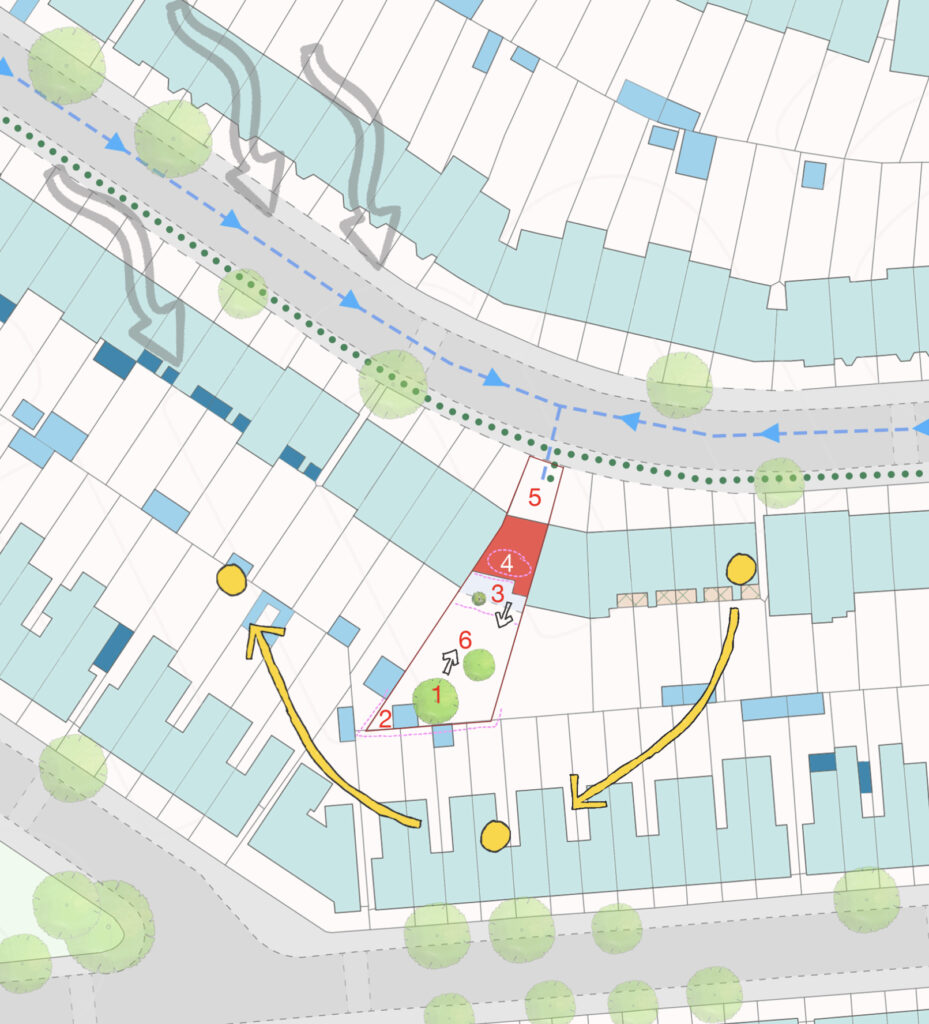
Testing the Waters: When to Consider a Pre-App
The need for a pre-app isn’t always clear-cut. Sometimes, it can be beneficial to test the waters if you’re uncertain. While a planning consultant is usually the best person to ask, your architect and designer can also provide insights about the pre-app process.
A pre-app can provide early insights into the council’s likely response to the planning application, particularly in certain scenarios. For instance:
- Is your site located in a conservation area?
- Does your project herald a significant change in the area?
- Has the site had a previous application refused?
- Is it a brand new dwelling, as opposed to a replacement?
- Does it alter the ‘use’ of the land?
If any of these conditions apply to your project, a pre-app could be worth considering.
A conservation area, for example, grants the council’s planning officers the authority to comment on design and size. It might be crucial to initiate discussions about the design early, highlighting the intended style of the build and providing reference material.

A Journey of Variance: Understanding the Pre-App Process
In theory, each local planning authority establishes its own process, so the information necessary for your pre-app may differ. The specifics of the service, such as the level of detail required, the cost of consultation, and the time it takes to receive a response, can vary.
However, in practice, the process is reasonably straightforward. Despite slight differences in the costs and information requested, councils typically adopt a similar approach. The process invariably includes a conversation with a planning officer, which could be an in-person consultation or an online form. This consultation entails the submission of a project proposal, incorporating some essential details like the size and plot location.
Each council may offer varying levels of pre-app services. For instance, you may be expected to meet the planning officer in person at your site or discuss the project via email. This variance can also impact the value of the advice given. RBKC in London splits the pre-app advice into five levels depending on how much detail and support you require.
Many authorities offer guidance on how to use the pre-app advice service. This procedural advice from an authority representative ensures that the pre-application is completed correctly and might even include an in-person appointment.
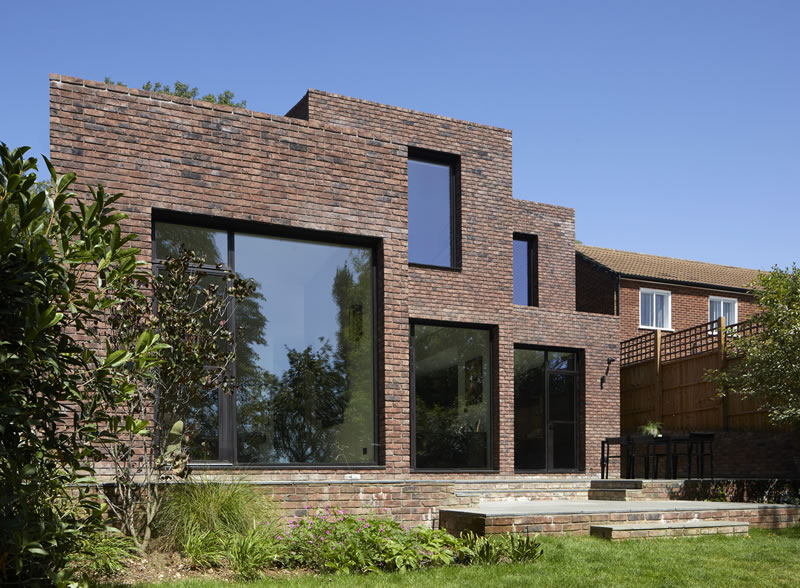
Packaging the Pre-App: What to Include
Your pre-app typically encompasses a cover letter and pre-app submission document.
In terms of advice, we recommend focusing only on the critical questions and including the information that forms the basis of these questions. If you provide detailed drawings of the intended design, you might inadvertently trigger a complicated and prolonged design discussion, even though your pre-app might only be aimed at assessing the outline details like volume or location.
The cover letter, usually written by your planning consultant, may include some of the following:
- Project proposal description
- Site location plan, indicating site ownership and boundaries
- Area description and any relevant history
- Any planning history, if relevant
- The policies relevant to the proposal
- Planning assessment for the layout, scale, design, accessibility, trees etc.
The pre-app document, put together by your architect or designer, comprises relevant documents mentioned in the cover letter, as well as additional explanations.
This might include:
- Photos of the site and the surrounding architecture
- Surveys
- Drawings, such as site analysis and a proposed site layout
- Environmental information
- Basic or vague designs of the property outline, if required
It’s not uncommon for people to use the pre-app process to discuss site issues such as roads, footpaths, and boundaries. They may also inquire about potential problems and whether the council might impose conditions to overcome them rather than refuse planning permission outright.
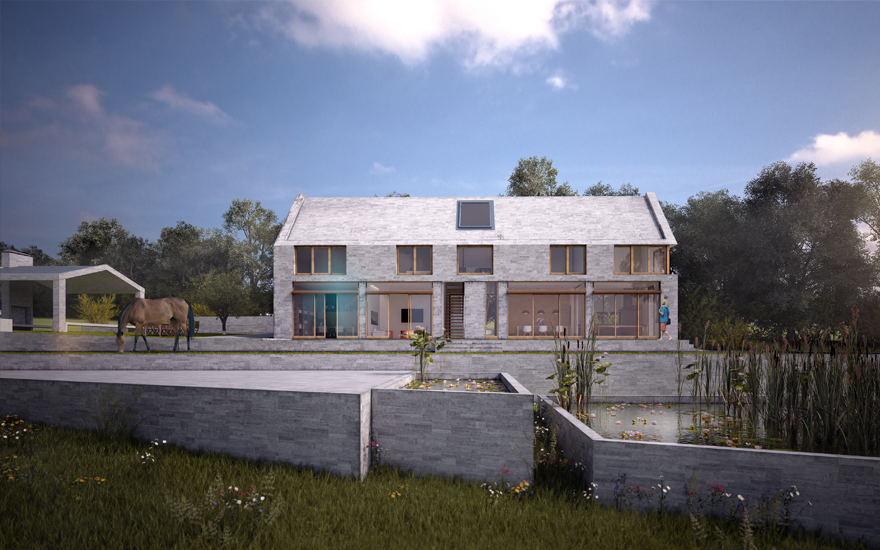
The Aftermath of a Pre-App: What Can You Expect?
Following your pre-app, you will receive feedback on the proposal from the planning officer. This feedback usually arrives in the form of a written response, though it could also be notes from an in-person meeting. The feedback will provide advice on the issues identified in relation to the relevant policies. The planning officer may not comment on other parts of the proposal unless specifically asked to.
The feedback, regardless of its content, is always beneficial. It might be non-committal, but it should address your fundamental question. Positive feedback can bolster your confidence in the success of your application. Negative feedback, while disheartening, can be constructive and help you avoid a failed planning application. An outright rejection could save you the time and money involved in a full planning application.
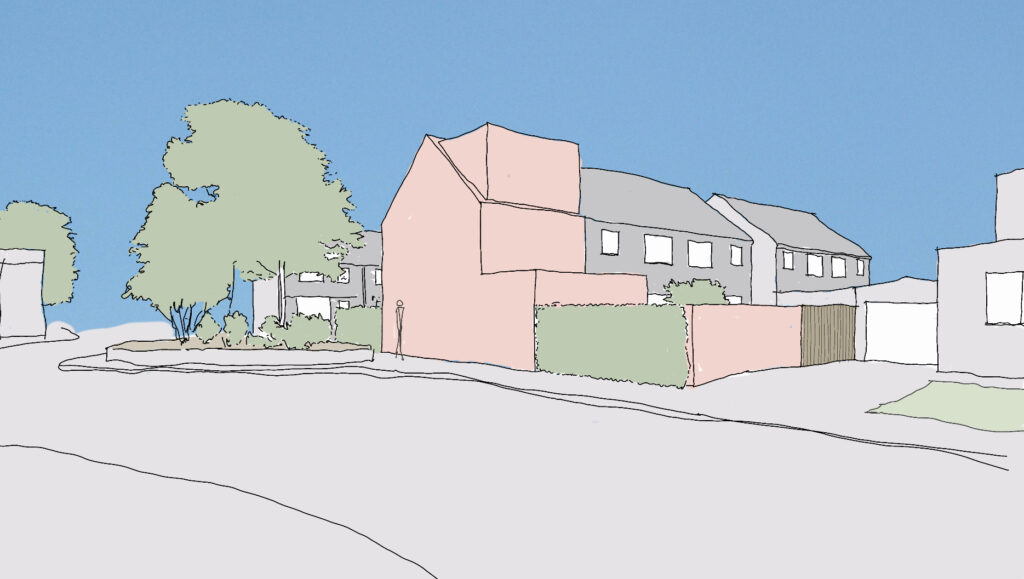
Time and Cost: The Twin Aspects of Pre-App Process
Once you have worked with your architect or designer, and planning consultant, to assemble the necessary information and make a submission, a response generally takes between 2-8 weeks. This time frame could extend if an in-person meeting with the council is required.
It’s essential to remember that the pre-app duration does not include the eight or so weeks required for the actual planning application. So, if you’re on a tight schedule and confident about your application, this may not be the best path to go down.
As far as costs are concerned, pre-apps can be free for extensions and other minor works. For new builds, you might be looking at anything from £50 to £3,000 for a meeting and response letter. This cost is determined by each council and sometimes depends on the size of the build.
One downside of pre-applications is the absence of statutory frameworks. While planning applications have to be determined within 8 weeks, pre-apps don’t have a set time limit or standard cost. But remember, a higher pre-app cost is not necessarily a detriment. Some councils charge a nominal fee and provide subpar service. Charging more can mean that they dedicate more time to the process and provide better advice.
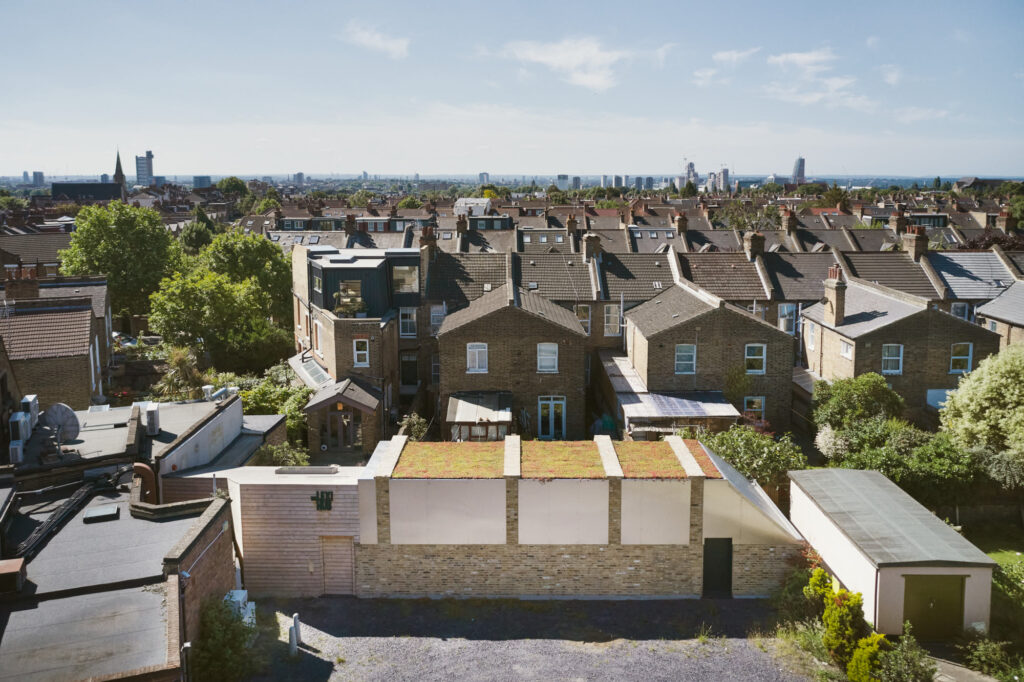
Important Considerations: Points to Ponder
Successful planning applications cater to all relevant planning policies and convince the local authority planners that the proposed build satisfies all pertinent criteria. As such, the following points are crucial to consider:
- Be Prepared: Preparation is integral to a positive pre-app and successful planning application. At RISE Design Studio, we often adopt a formulaic approach that anticipates all responses from the local authority. Plan ahead and be as prepared as possible.
- Inconsistency: Pre-app planning advice can be unreliable and costly. Each local authority follows a slightly different process, and the quality of service can vary.
- No Guarantees: Any advice provided is often the opinion of the specific planning officer rather than the entire authority. Hence, a positive response from your pre-app does not guarantee approval of your planning application and vice versa.
- Be Strategic: In some scenarios, revealing detailed designs and seeking feedback risks the planning officer suggesting (and expecting) changes to the scheme that you might not be willing to make.
- Confidentiality: All pre-apps are private. These discussions are not published on the register for all to see.
- Cooperation: Collaborating amicably with the council to find mutually acceptable compromises often results in the planning officer being more supportive of your build than they might otherwise have been.
- Understanding Planning Jargon: Policies can be complex to understand. Each planning authority has its own policies, often written in intricate language. A planning consultant can help you navigate this policy jargon and planning language and can also signal your dedication to the process.
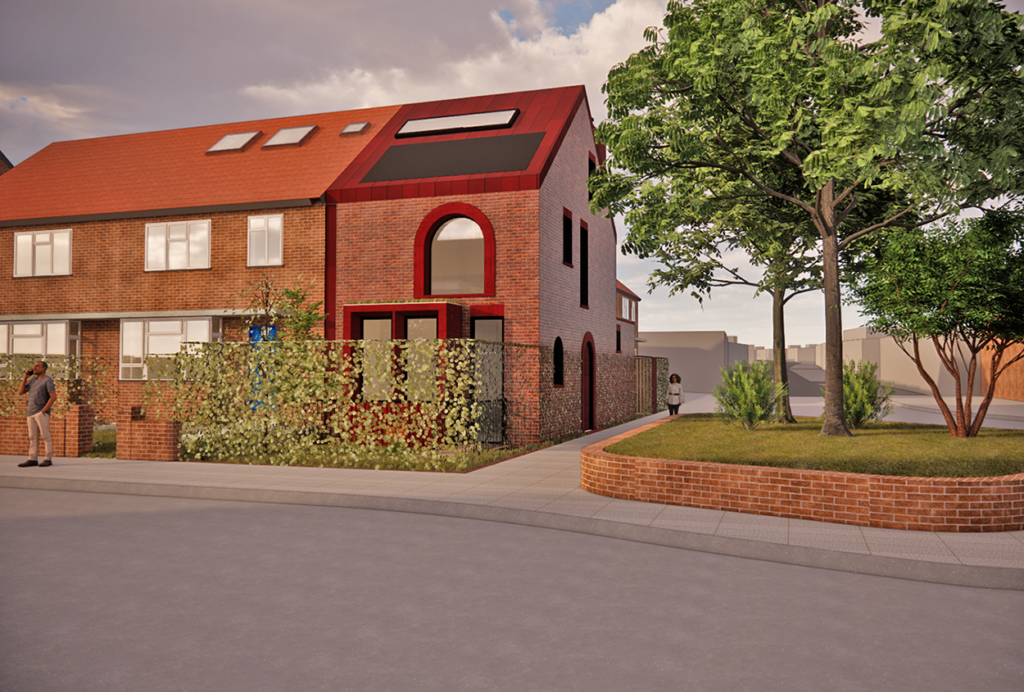
Pre-Apps with RISE Design Studio
At RISE Design Studio, planning applications form part of our turnkey service. However, more often than not, we don’t seek pre-application advice. We have a robust understanding of planning requirements and avoid completing a pre-app if we are confident that our design and project conform to policies, thereby providing planning officers with every reason to approve the application.
We generally only resort to pre-apps for projects with a unique combination of reasons, such as a new dwelling with a change of ‘use’ for a plot in a conservation area, or a replacement dwelling in a new location on the plot. Our impressive success rate is indicative of our reliable process.
On the rare occasions when we do complete pre-apps, our in-house design team discusses our submission with a planning consultant. This expert provides invaluable advice before we get started and reviews all documentation without visiting the site, offering us the planning officer’s perspective.
We maintain a strategic approach to our pre-apps, always focused on the questions we have about the project and not divulging excessive information. We research all local policies that might be relevant or cause issues to ensure we craft a realistic proposal. The planning consultant then translates the pre-app into planning jargon, referencing any policies and using planning language – a potent strategy to exhibit our expertise and dedication to the planning officer.
The nuances of pre-apps and planning applications might seem daunting, but the success of your project lies in comprehending these subtleties and responding adeptly to the challenges they present. At RISE Design Studio, we simplify this labyrinthine process, enabling you to see your dream project become a reality. We hope this guide has shed some light on the maze of pre-application advice in planning permission, but we’re always here to help further.
If you would like to talk through your project with the team, please do get in touch at mail@risedesignstudio.co.uk or give us a call on 020 3290 1003
RISE Design Studio Architects company reg no: 08129708 VAT no: GB158316403 © RISE Design Studio. Trading since 2011.
